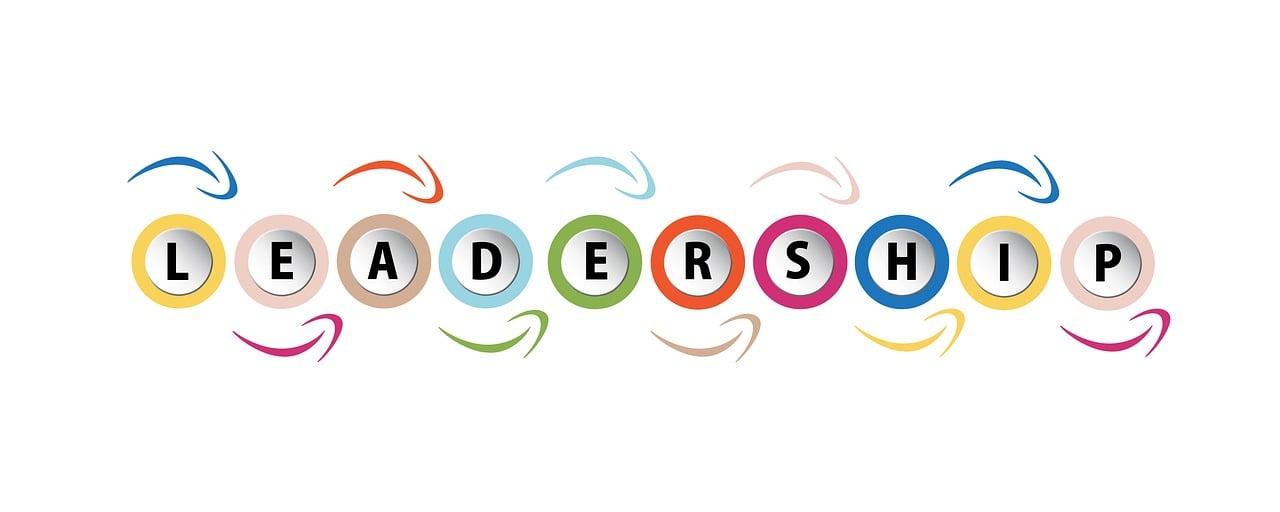The world of business now has diversity, equity, and inclusions (DEI) which are the core of a powerful organization. According to a 2020 McKinsey report, companies which are in the first quartile by race and ethnicity have a 25% better chance to outperform their peers on a financial level than companies which are in a lower quartile. This figure puts the issue in tangible perspective and shows that diversity does not only mean hiring qualified people belonging to different racial or social backgrounds. It is a lot more than that. It needs developing a culture where all kinds of talents will be promoted, inspired, and facilitated to actualize their full potential. We released how C-level mentorship is an effective instrument that opens the treasure within the human resources of your organization.
How DEI Initiative Can Be a Success Driver
Before diving into the transformative power of C-level mentorship, let’s explore the core benefits of robust DEI initiatives:
Enhanced Innovation and Problem-solving
Different points of view produce a more creative thinking environment. What can be considered as an additive value in diversity of employees working in the team is their ability to challenge each other, identify prejudice and suggest innovations. This leads to an organization that is more innovative and flexible in the face of its pressure to solve complex problems in today’s rapidly changing marketplace.
Improved Decision-Making
When people of various backgrounds express themselves and their viewpoints are taken into consideration, the decision-making process gains more soundness and thoroughness. According to a study by Cloverpop, companies with healthy gender diversity are 25% more likely to produce better decision outcomes. Through the process of creating a diverse point of view, organizations can remove groupthink and develop a more profound knowledge of the current market tendencies and customer requirements.
Better Employee Involvement and Spirit
The sense of value and acceptance for the individual contributions induces a feeling of belonging and commitment to their workplace. When talents of diverse nature encounter inclusivity and enjoy opportunities for growth, they indeed more likely be enthusiastic, efficient and committed to the success of the organization.
Increasing Employer Brand and a Stronger Corporate Image
In the modern-day scenario of an intense competition for talents, namely, this is one of the major assets that make a firm a step ahead. A diverse and inclusive workplace has the advantage of attracting more top performers from a bigger crowd of candidates, improving your employer brand as the best on the market and thereby bringing the best of the best to your organization.
There is an Evident Rise of Customer Satisfaction and Brand Reputation
Clients these days try to choose companies that find their difference. Engagement of a wide range of people by organizations can provide a more detailed understanding of their clients’ needs and acts as a basis for development of new products and services that are convenient and practical for a lot of people. This consequently leads to an improved experience for customers and better brand loyalty.
Boosted Financial Performance
Innovation, proper decision making, engaged employees and a strong brand – featured above are the benefits that ultimately have a good effect on the financial results. Various findings, as shown by Deloitte and MSCI, reveal that companies that are more diverse tend to outperform those without diversity in terms of financial returns. Organizations that are highly committed to DEI are more profitable than organizations that have low diversity, ordering the case of inclusivity at the workplace from a financial perspective.
C-Level Mentorship: The Inspiration for Shift
Moving on to the main part, since we’ve determined the phase of DEI initiatives and its significance, let’s consider how C-level mentorship energizes the transition. C-suite executives, representing the uppermost level of the business hierarchy, have the authority and influence at the top. They are seasoned professionals with abundant experience, a strategic vision sharpened by tackling multifaceted challenges, and an enriched leadership capabilities all garnered from many years of steering a business forward. By utilizing such skills through mentorships, organizations can channel the right steps and support to upcoming talents especially the minority among them.
Picture the Hispanic software developer of the Latino community whose unseen hurdles in the STEM sector haunt her. A skilled CIO mentor can share experiences and techniques in battling hidden biases, developing a techno-serious voice, and airing out her ideas in meetings. This individualized guide equips mentees with necessary knowledge, helps them build faith, and provides a map to career ascent. A research done by Catalyst only corroborates this statement with the result that the women who have mentors are twice as likely to be promoted.
Beyond Guidance: Advocacy as Power
C-Level mentors are not just offering their advice; they will support and assist their mentees to the best of their abilities. They do know the specific requirements of diverse talent and employ their high rank to place talent spotlights on their mentees’ achievements and provide them with prized seats at the table. This advocacy can take many forms: tips such as recommending mentees for promotions, bringing them before critical decision makers, and granting them an increased visibility within the entity.
According to research done by the Harvard Business Review, sponsorship has a big part in leadership development, it is shown that women who have sponsors are likely to move up in leadership positions. C-level mentors are in positions where they can provide sponsorship, on account of being the most senior. Their advocacy helps to get rid of that type of unconscious bias and give opportunities to those talented persons who cannot get into that world due to their background.
Building Bridges, Forming Productive Mentoring Programs
The role that the C level mentorship plays in an individual’s career is undeniable, but the process should be systematically coordinated. Here are some key considerations for building impactful programs:
- Matching Matters: Such a matching process should take into consideration the main quality domains. Have a look at your shared interests, backgrounds, and career aspirations, as well as leadership styles to build closer relationships and more profound performance.
- Structure and Support: Offer the chance to set up mentoring programs. Such measures will consist of scheduling regular meetings, doing goal setting activities, the setting of objectives by both mentees and mentors and accessibility of readily available resources for both of them.
- Training for Mentors: Enable C-level leaders to become expert mentors. Listener’s Comment: Interesting to see how humanization has changed this sentence. Now it would be easy for the audience to connect with the speaker and understand her intentions. These aspects will be taught at issues like how to do open communication, positive feedback with critics, active listening, and the creation of a place for mentors where mentees may speak his problems and dreams.
- Building a Community: Ponder on setting up a wider community of mentors that will also include peer support. The proposals could feature group workshops, networking events or online forums as entry points where mentees are able to connect with a broader class of leaders.
- Tracking and Evaluation: Do this every regular basing on the effectiveness of your mentor program Solicit views from mentors and mentees to see how the program could be enhanced in order to make sure it is in line with the program’s objectives.
Through setting up an orderly and productive environment, companies are able to obtain the full promotion of C-level mentorship programs and in this way, they can develop their companies being so diverse.
Breaking Down Barriers: The Role of Online Recruitment
Identifying female C-level executives who are proficient in English as well as with the target market may be hard for a small or medium-enterprises (SMEs), or those companies operating in less developed countries where English is not the primary language This is the point where online recruitment agencies, such as Female Executive Search, linking people responsible for gender leadership roles in organizations would play the role. Apart from that, these channels, being the recruitment source of such a “talented labor” female pool, broadens a professional horizon as it permits finding potential matches for highly skilled women who are not actively looking for new job opportunities now.
For instance, think of a constantly rising tech startup in a suburban setting that cannot get the top female leadership talent. By utilizing a woman focused executive online recruitment network with the possibility to recruit female C-level executives online, the company will have an opportunity not only to talk to but to hire a well-experienced CTO. Having a CTO with an ideal balance of technical knowledge and managerial abilities will help them grow their enterprise. Such expanded diversity about talent in the organization may result in the formation of a more effective leadership team and will contribute to an inclusive culture.
The Bottom Line
C-suite mentorship is the strategic investment of your business. DEI through guidance, advocacy, and inclusion is a cultural approach that helps develop your people, reveal ingenious concepts, and finally, fuel your business towards the long-term goal. C-level coaching with diversity, equity, and inclusion in mind is no longer an option for forward-thinking organizations, it is a must. It’s about getting a more competent workforce, a diverse organization, and a future where everyone can achieve their dreams.











